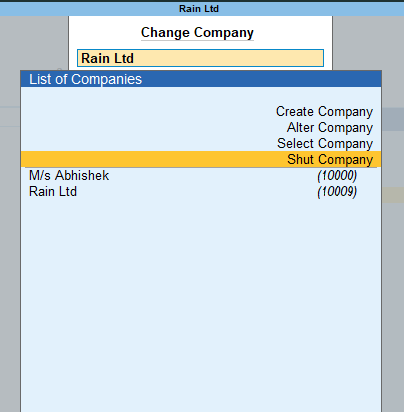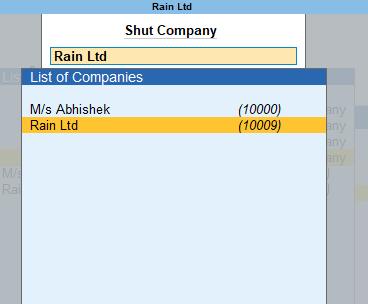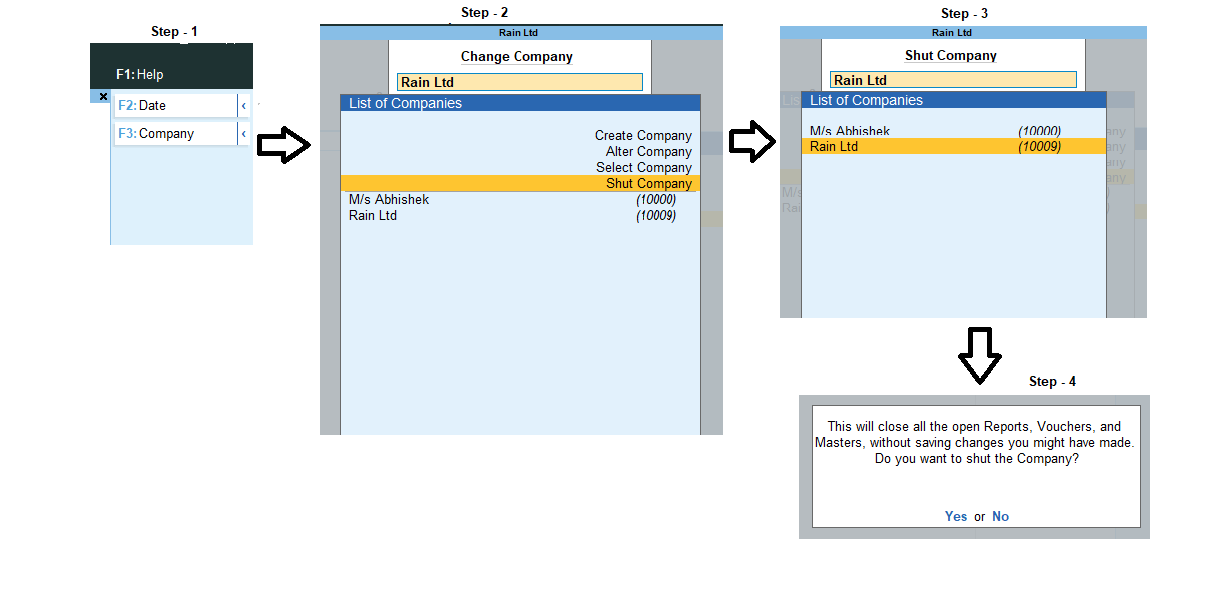Revaluation of Assets is an adjustment made in the carrying value of the fixed asset in case the company finds there is a difference between the current price and the market value of the asset. Generally, the value of the asset decreases due to depreciation but in some cases like inflation in the ecRead more
Revaluation of Assets is an adjustment made in the carrying value of the fixed asset in case the company finds there is a difference between the current price and the market value of the asset. Generally, the value of the asset decreases due to depreciation but in some cases like inflation in the economy, it may increase. so, in order to know the correct value of the asset Revaluation is to be done.
Accounting standard allows two models.
- Cost model
- Revaluation model
Under the cost model, the carrying value of fixed assets equals their historical cost less accumulated depreciation and accumulated impairment losses.
For Example, Amazon ltd purchased a Plant for 5,00,000 on January 1, 2010, with a useful life of 10 years, and uses straight-line depreciation.
Here, the journal entry would be passed as

As the useful life of the asset is 20 years, so the yearly depreciation would be
5,00,000/10 i.e. 50,000.
So the accumulated depreciation at the end of December 31, 2012, would be 50,000×2= 1,00,000 and
the carrying amount would be 5,00,000-1,00,000= 4,00,000.
Under the Revaluation method, the assets are revalued at their current market value. If there is an increase in the value of an asset, the difference between the asset’s market value and current book value is recorded as a revaluation surplus.

For Example, Amazon ltd purchased an asset two years ago at a cost of 2,00,000. Depreciation @ 10% under straight-line method.
Therefore, the accumulated depreciation for two years would be 40,000,
i.e. 20,000 for a year.
Carrying cost of the asset = 1,60,000
Assuming, the company revalues its assets and finds that the worth of assets is 1,85,000.
Under this method, the company needs to record 25,000 as a surplus.
Accounting entry for the above will be

Depreciation calculated during the third year would be based on the new carrying value of 1,60,000.
Therefore, Depreciation for the 3rd year= 1,60,000/3
= 53,333.33
Accounting entry:

Alternatively, the incremental depreciation due to the revaluation i.e. 13,333.33 can be charged to the revaluation surplus account.
In case, if there is a revaluation loss, the entries would be interchanged.
In case of admission of a partner, the new partner may not agree with the value of assets as stated in the balance sheet, with time the values may have arisen or may have fallen, so in order to bring them to their correct values revaluation is done so that the new partner doesn’t suffer.
Where the assets and liabilities are to be shown in the books at the revised (new) values after the admission of the new partner.
The accounting entries are
- For Increase in the value of an asset

2. For a decrease in the value of an asset

3. For transfer of profit on revaluation i.e. if the total of credit side exceeds the debit side.

4. For transfer of loss on revaluation i.e. if the total of debit side exceeds the credit side.

Note: If the total of both sides is equal it signifies that there is no profit or loss on the revaluation of assets. Hence no entry is to be passed.
After preparing for the journal entry, a revaluation ledger account is also prepared wherein the accounts carrying a debit balance are transferred to the debit side and the accounts carrying a credit balance are transferred to the credit side.
In the case of retirement of a partner, the same journal entries are to be passed as in the case of Admission of a partner for revaluation of assets.
Generally, the value of an asset decreases with time but it may increase in certain circumstances especially in inflationary economies.
Conclusion
An entity should do the revaluation of its assets because revaluation provides the present value of assets owned by an entity and upward revaluation is beneficial for the entity and hence the company can charge more depreciation on upward revaluation and can get tax benefits.
See less





Definition Net profit is defined as the excess of revenues over expenses during a particular period. For a business i.e. company/firm, it is a liability towards shareholders/promoters/partners/proprietors, etc. as it is their capital that has earned these profits. When the result of this computationRead more
Definition
Net profit is defined as the excess of revenues over expenses during a particular period.
For a business i.e. company/firm, it is a liability towards shareholders/promoters/partners/proprietors, etc. as it is their capital that has earned these profits.
When the result of this computation is negative it is called a net loss.
Net profit may be shown before or after tax.
Formula :
Total Revenues – Expenses
Or
Total Revenues – Total Cost ( Implicit And Explicit Cost )
Liabilities
It means the amount owed (payable) by the business. liability towards the owners ( proprietor or partners ) of the business is termed an internal liability.
On the other hand, liability towards outsiders, i.e., other than owners ( proprietors or partners ) is termed as an external liability. For example – taxes owned, trade payables, etc.
For example creditors, bank overdrafts, etc.
Assets
An asset is a resource owned or controlled by a company and will benefit the business in current and future periods.
In other words, it’s something that a company owns or controls and can use to generate profits today and in the future.
For example – cash, building, etc.
Why debtors are treated as a liability?
Now let me explain to you why net profits are treated as a liability and not as an asset because of the following characteristics :
• Net Profit shows the credit balance of the Profit And Loss Account.
• It is treated directly in the balance sheet by adding or subtracting from the capital.
• Net Profit is a measure of the profitability of the company after taking into consideration all costs incurred during the accounting period.
• Net profit is the last line in an income statement and is the figure that concerns most people who use such a statement.
• Net income is reported on the income statement (profit and loss account) and forms a key indicator of a company’s performance.
Importance Of Net Profit
Now I will let you know the importance of net profit which is as follows :
Owners
Net profit allows owners to calculate the tax to be paid and how much earnings need to be distributed to the business owners.
Investors
Investors need to see net profit as they need to access the risk before investing they basically judge the revenue-generating capacity of a firm based on net profit.
Competitors
For making the comparison competitors tend to look at the net profit of the company to know how are they performing in the industry so that they can build themselves strong.
Creditors
Creditors look at the net profit for the purpose of obtaining business loans or we can say that determines a prospective debtor’s capacity to pay future debts.
Conclusion
Now after the above explanation, we can say that,
Net Profit is shown on the liability side as it belongs to shareholders so the company has to give it to shareholders so we are showing it under the liability side.
Net Profit with respect to the company is a liability as it has to pay it to shareholders.
Net Profit with respect to shareholders is an asset.
See less